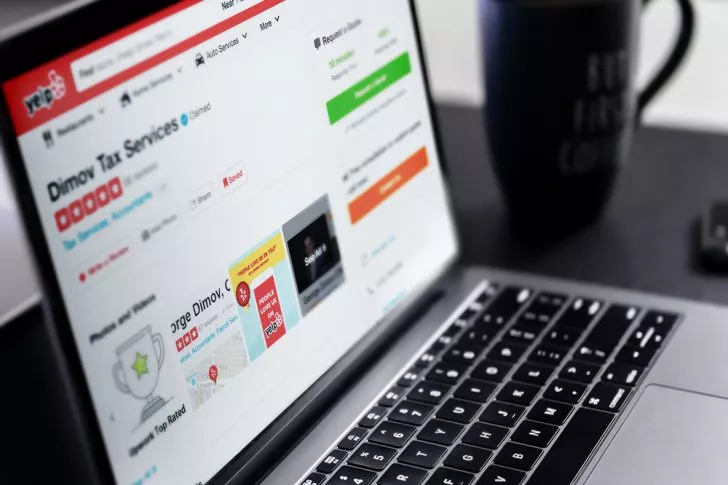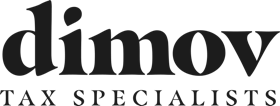Award-winning global customer service.
★★★★★ 5/5
Dimov Tax is rated 5 stars on all major review platforms including Google, Yelp, Facebook, Angie’s List, Better Business Bureau, TaxBuzz, Thumbtack, Upwork, Bark, and much more.

For individuals and businesses alike, managing taxes effectively requires knowledge of various IRS forms and their implications. Among these, Form 8829, Schedule A, and the concept of excess mortgage interest stand out due to their relevance in optimizing tax returns.
Form 8829, Schedule A and excess mortgage interest are interconnected in the context of a taxpayer’s federal income tax return, particularly for those who itemize deductions and have business use of their home. In this article, we delve into these critical aspects and outline the necessary steps to fulfill these obligations.
Form 8829 – Expenses for Business Use of Your Home:
Form 8829, titled “Expenses for Business Use of Your Home,” is used by taxpayers who use part of their home exclusively and regularly for business purposes. The form allows individuals to calculate and claim deductions for the business use of their home. These deductions can include mortgage interest, insurance, utilities, repairs and depreciation related to the portion of the home used for business activities.
The use of Form 8829 is regulated by Section 280A of the Internal Revenue Code (IRC). This section outlines the conditions under which home office expenses can be deducted and provides the framework for determining the amount of the home used for business (business use percentage) and how to calculate allowable deductions based on that percentage.
Taxpayers who operate a home based business, work as freelancers or independent contractors and use a portion of their home exclusively and regularly to conduct business may benefit from using Form 8829 to detail and deduct these expenses on their tax return.
This form is used by individuals who use part of their home for business purposes to calculate and deduct the business portion of certain home expenses as mentioned before. These expenses can include mortgage interest, which is where the connection to Schedule A comes into play.
Schedule A – Itemized Deductions:
Schedule A is an integral part of the individual tax return, enabling taxpayers to itemize deductions as opposed to taking the standard deduction. It is used to itemize deductions including medical and dental expenses, state and local taxes, charitable contributions, and mortgage interest. The mortgage interest deduction here typically pertains to the personal portion of mortgage interest that is not deductible under Form 8829 for business use. Therefore, mortgage interest paid on a home can be split between these two forms:
Excess Mortgage Interest:
Excess mortgage interest comes into consideration when a taxpayer’s mortgage debt exceeds the limits set by the tax code. This limitation impacts how much mortgage interest can be claimed as a deduction. For Form 8829:
For a taxpayer with a home office, mortgage interest paid needs to be carefully apportioned between business use (deductible on Form 8829) and personal use (potentially deductible on Schedule A). The intersection of these forms becomes particularly important if the taxpayer’s mortgage is substantial enough to exceed the IRS thresholds for mortgage indebtedness, affecting both the excess mortgage interest calculations and how deductions are reported on both forms.
This connection ensures that taxpayers accurately report and maximize their deductions while complying with IRS regulations governing both personal and business use of their homes.
Obligation
Process
The process of Form 8829, Schedule A and managing excess mortgage interest can be complex. An outline of the steps needed for each component for accurate filing and maximization of potential deductions can be found below:
Understanding and managing Form 8829, Schedule A and excess mortgage interest are critical for maximizing tax advantages. Whether you are a homeowner with a substantial mortgage or a business operating out of your home, it is vital to approach these tax obligations with thorough preparation and expert guidance. At Dimov Tax & CPA Services, our professionals are equipped to provide you with the expertise necessary to navigate these complexities effectively, ensuring compliance and optimizing your tax outcomes. Let us help you transform these obligations into opportunities for financial benefit.
Call us today at (833) 829-1120, email us at info@dimovtax.com, or fill out the form and we’ll get in touch immediately.
"*" indicates required fields
Dimov Tax is rated 5 stars on all major review platforms including Google, Yelp, Facebook, Angie’s List, Better Business Bureau, TaxBuzz, Thumbtack, Upwork, Bark, and much more.

